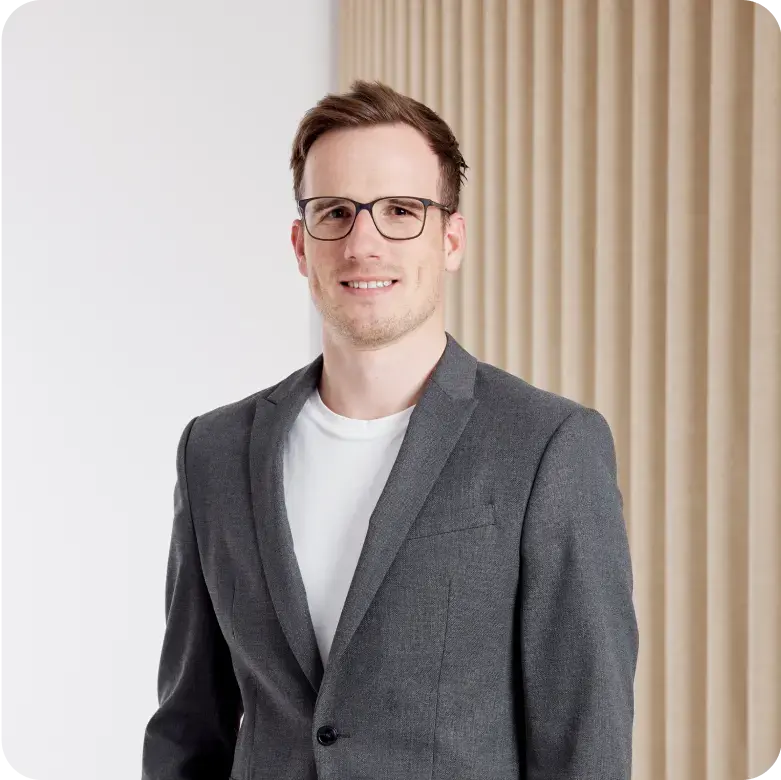False!
If you understand how today’s Internet works, then you can easily grasp how SCION works differently and why it’s worth having. Let's get into this.
Today's Internet was not built for today's world
Information, or data, flows from one computer to another by traveling the Internet, passing through various Internet service providers (ISPs). Each ISP operates its own network, which is why the Internet is known as a network of networks. The route that data takes to reach its destination can cross several different ISP networks, anywhere in the world. The decisions about the path data takes are made by routers installed at each ISP on the path until the data reaches its final destination. Consider it a bumpy road: not only are the routing decisions often completely opaque and potentially different for packets of the same dataflow, but there’s also no way of knowing much about the character of the networks traveled.
At its inception, this setup was not an issue because the Internet served only a small group of users – around 2,000 – and data was routed by a restricted group of networks (universities, government agencies, and a few corporates) with trust at its center. All participants in the network knew each other and collaborated for the greater good. It was unthinkable for participants to display malicious behaviour, and if they did, they would have been identified and stopped right away.
The Internet today has over 5 billion users with more than 75,000 networks routing data from point to point. Because of the sheer size of the Internet, its attack surface is massive – and every user connected to it can be an entry point for malicious activity. On top of that, because of its interconnectedness, a simple, local error in configuration across any network can have far-reaching consequences that show up on the other side of the world. Do you remember the Facebook incident?
Overall, the unverified trust between networks in today’s Internet makes it possible for malicious actors to leverage the Internet’s vulnerabilities – or for "innocent" errors to impact your network.
For more about the key differences between SCION and the traditional Internet, read our blog: SCION vs. Traditional Internet: advantages and key differences.
Key risks of today's Internet
The lack of trust between the networks that compose today’s Internet, through which your data flows, is at the core of the issue. This lack enables:
- Data theft, spying or misdirection: Participants on the Internet can be hackers masquerading their intentions and pretending to be legitimate networks to gain access to both corporate and governmental data.
- Network outages and service unavailability: Misconfigurations, whether involuntary or malicious, can take down entire corporate networks and services.
- Breach of data compliance regulations: Sensitive and personal information can cross ISPs and be routed through countries that breach compliance regulations. This is especially problematic for highly sensitive data, such as health care patient data, financial information, and military data.
Benefits of SCION for today's world
Prevention of cyber attacks and data security
On the SCION Internet, your attack surface is reduced to a group of users and ISPs that you want to reach and be reachable through. In short, you are in control of building your own network with trust at its center. On the Internet today, cyber criminals can easily impersonate networks and gain access to your data through route hijacks and leaks. This is simply not possible on the SCION Internet, where network paths are transparent and verifiable.
Cyber resilience and network reliability
SCION is designed with resilience in mind, ensuring uninterrupted operations even in the face of disruptions. If a path is down, thanks to its fail-over mechanism, data will find a new path immediately. If an ISP is down, the service will keep running due to redundant mechanisms within the network.
Path control for data sovereignty and compliance
SCION allows for precise control over the path data takes, including geofencing. This feature is handy for compliance purposes, as organizations can ensure that packets do not traverse specific ISPs or geographical locations, making it easier to stay compliant when it comes to protecting sensitive data.
Anapaya is the only SCION technology provider today – after partnering with global ISPs and customers, we have gained the experience to be able to support you in setting up SCION. Check out the SCION myth "Anapaya, as a young company, lacks the experience and stability of a reliable partner", if you'd like to learn how.
SCION offers data path control under a trust environment for next-level security.
TAGS:
SCION




.png?width=380&name=Image%20(11).png)




